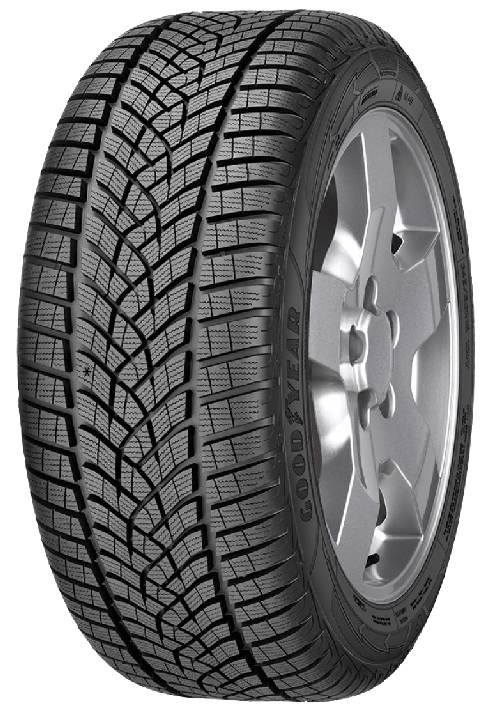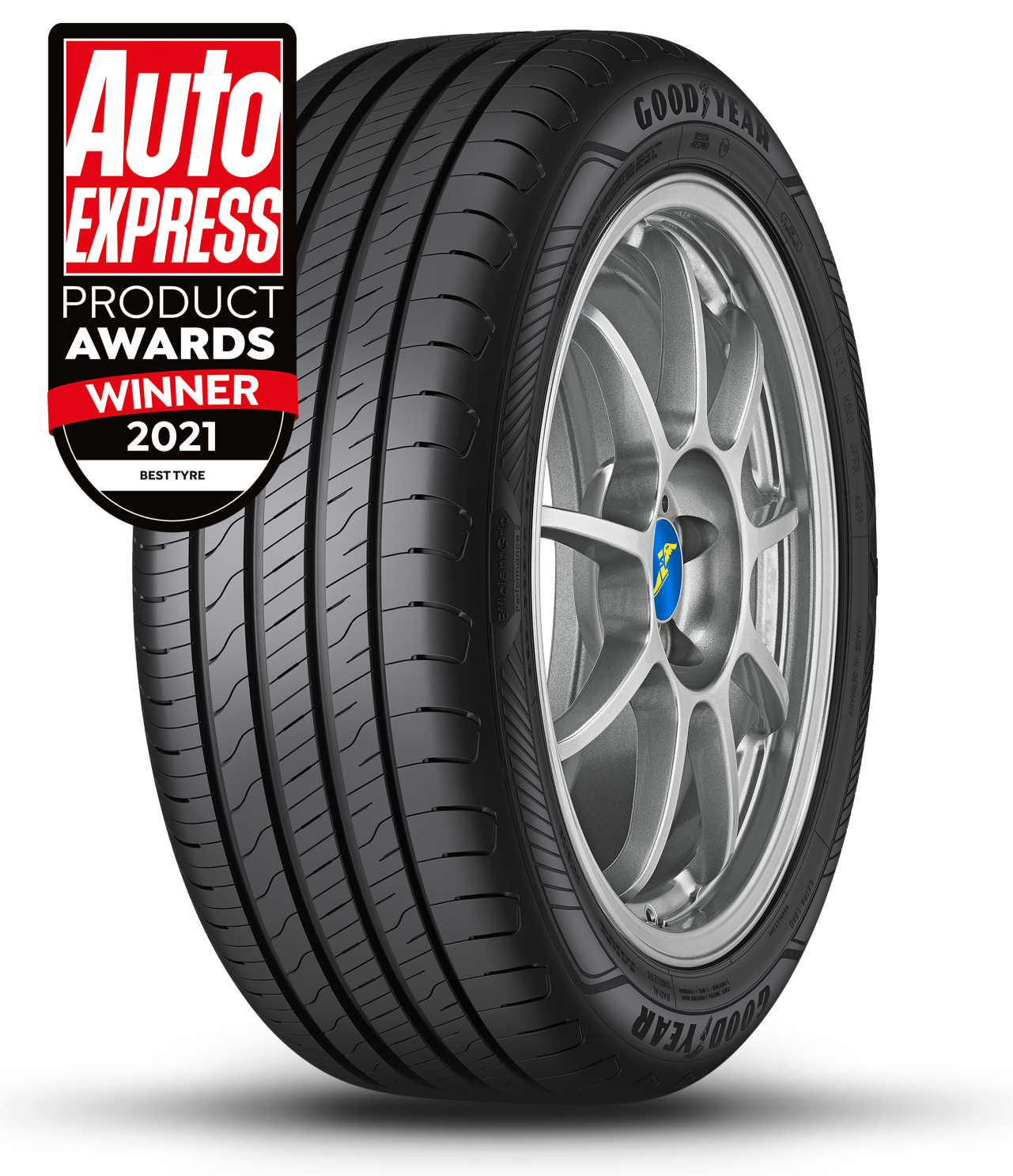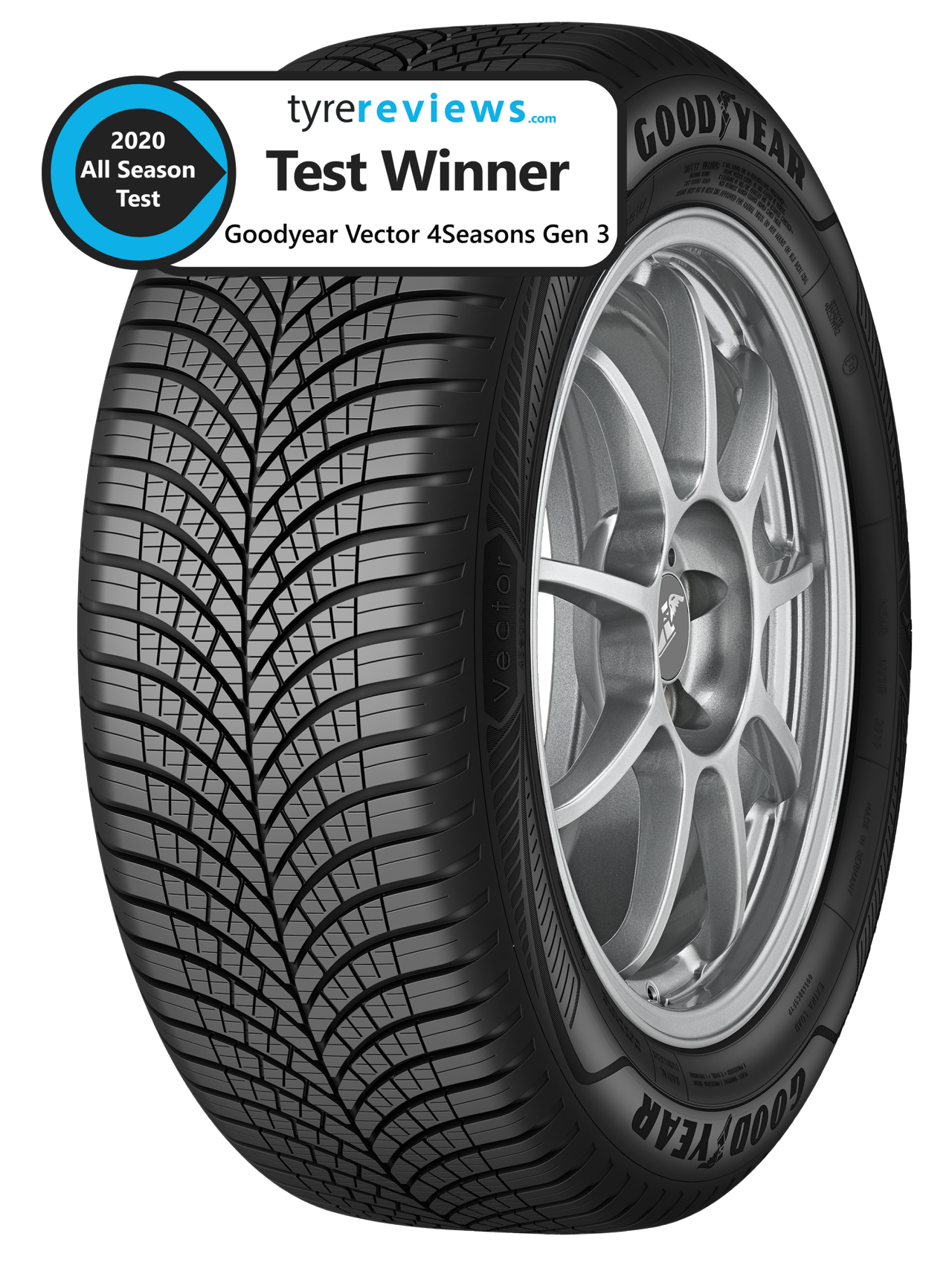Summer and winter tyres are created with different types of rubber compounds that enhance the way a tyre performs in different seasons to deal with weather conditions.
Summer tyres are designed to be used in milder summer conditions to provide optimal performance in temperatures of 7°c and above. The softer rubber compound in summer tyres allows for responsive performance handling, traction, acceleration and braking on both wet and dry road surfaces. To help with performance and noise, the tread on a summer tyre is also designed to provide the least amount of rolling resistance which helps the vehicle to accelerate.
Winter tyres are recommended for use in conditions below 7°c to deal with freezing temperatures, rain, snow and ice. The purpose of the rubber compound in these tyres ensures the tread remains soft in freezing conditions, allowing it to grip the road better than a summer tyre that will harden below 7°c. The tread pattern on winter tyres also feature a much more aggressive pattern containing small sipes that allow the tyre to grip and gain traction on snow, whilst also being valuable for dispersing surface water and rain. All of this means the tyre maintains contact with the road surface to be able to offer optimum levels of grip and braking.





















